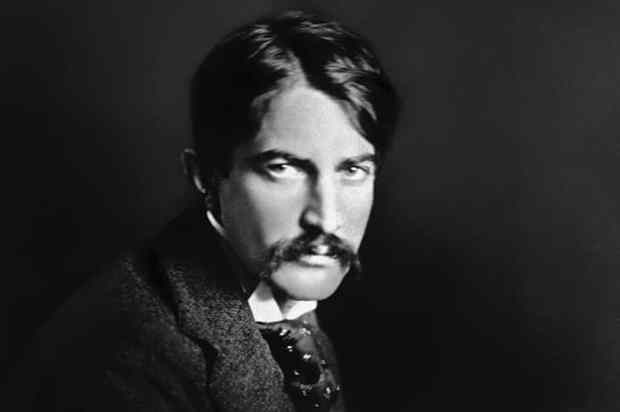This is the second excellent book by Benjamin Balint to consider the cross-cultural perils of being a great writer after you’re dead. His first, Kafka’s Last Trial: The Case of a Literary Legacy, described legal battles over the residence of Kafka’s literary estate. This new one shifts the focus to a very different (and equally unusual) writer, Bruno Schulz, whose work has long been caught up in posthumous conflicts about who it most belongs to – that motley assembly of us selfish readers who actually read him, or those various governments competing to claim him as part of their national...
Already a subscriber? Log in
Subscribe for just $2 a week
Try a month of The Spectator Australia absolutely free and without commitment. Not only that but – if you choose to continue – you’ll pay just $2 a week for your first year.
- Unlimited access to spectator.com.au and app
- The weekly edition on the Spectator Australia app
- Spectator podcasts and newsletters
- Full access to spectator.co.uk
Unlock this article
You might disagree with half of it, but you’ll enjoy reading all of it. Try your first month for free, then just $2 a week for the remainder of your first year.














Comments
Don't miss out
Join the conversation with other Spectator Australia readers. Subscribe to leave a comment.
SUBSCRIBEAlready a subscriber? Log in